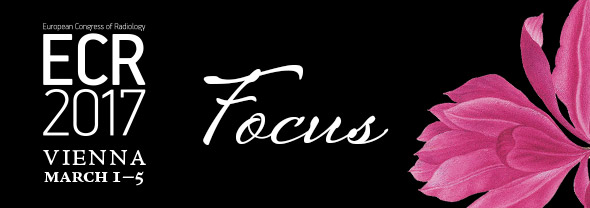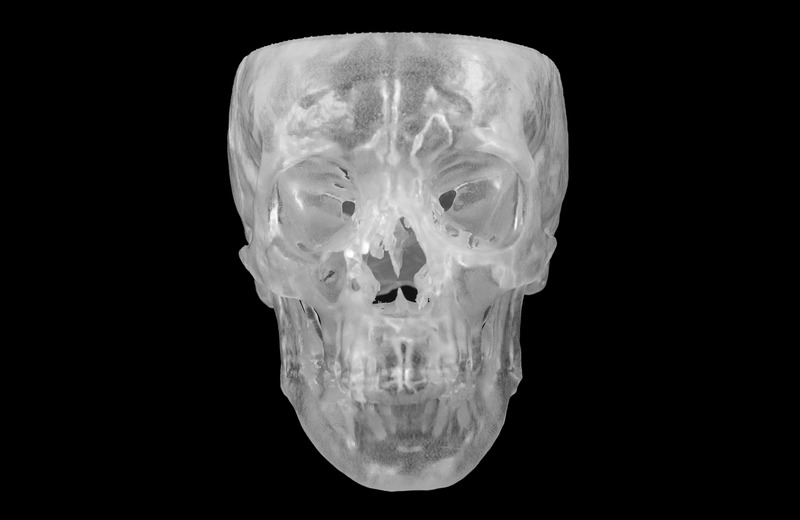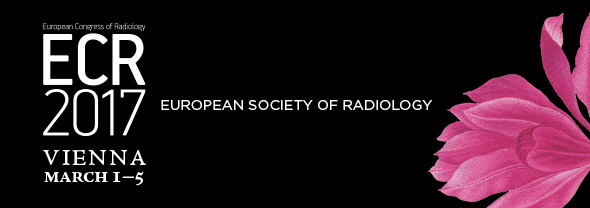ESR and Materialise unveil Medical 3D Printing Experience Center together at annual meeting

3D technology has been transforming the face of healthcare for over 20 years. 3D-printed anatomical models are increasingly being used for evaluating treatment approaches, planning complex procedures and improving the training of medical professionals. And that’s just the start.
The ECR presents a great opportunity to explore the contributions and benefits that Medical 3D Printing brings to healthcare at the 3D Printing Experience Center in the Entrance Hall. To bring this experience to life, the ESR is collaborating with Materialise, as the backbone of the 3D printing industry.

You will experience the workflow interactively – from medical images to accurate 3D anatomical model, explore all the different clinical applications of Medical 3D Printing and learn the first steps of setting up a 3D lab in your hospital.
But why exactly is Medical 3D Printing generating so much interest amongst radiologists?
Anatomical models as a service
One application of Medical 3D Printing is that of 3D-printed anatomical models. These are opening new possibilities by providing medical professionals with another level of information and detail. As radiologists have specialist knowledge in transferring imaging findings to physicians, they often take the lead in implementing 3D Printing in hospitals, providing 3D-printed anatomical models as an advanced method of visualization to physicians and surgeons.
This is because anatomical models offer a more complete understanding of the patient’s anatomy and actual pathology, which can be extremely useful for surgical planning.
With a 3D-printed model in their hands, surgeons and clinicians can make better treatment decisions and simulations. This can help decrease the surgery and recovery time. Models can also facilitate detailed treatment discussion within the clinical team and improve communications with the patient and family and education.

Why 3D Printing?
What is 3D Printing and why is it so interesting? 3D Printing is a process whereby a virtual 3D “object” is turned into a physical object.
First, Materialise Mimics software converts medical images into a 3D model, which is then printed layer by layer on a 3D printer. Because each print is built up uniquely, 3D Printing is ideal for copying the patient’s anatomy.
This technique allows radiologists to create tangible representations of a unique and patient-specific anatomy. In particular, radiologists can directly make a hollow model with complex structures, which is particularly interesting in cardiovascular applications.

Experience for yourself the process of converting medical scans into 3D-printed anatomical replicas at the Medical 3D Printing Experience Center.
Discover what Medical 3D Printing can mean for you.


